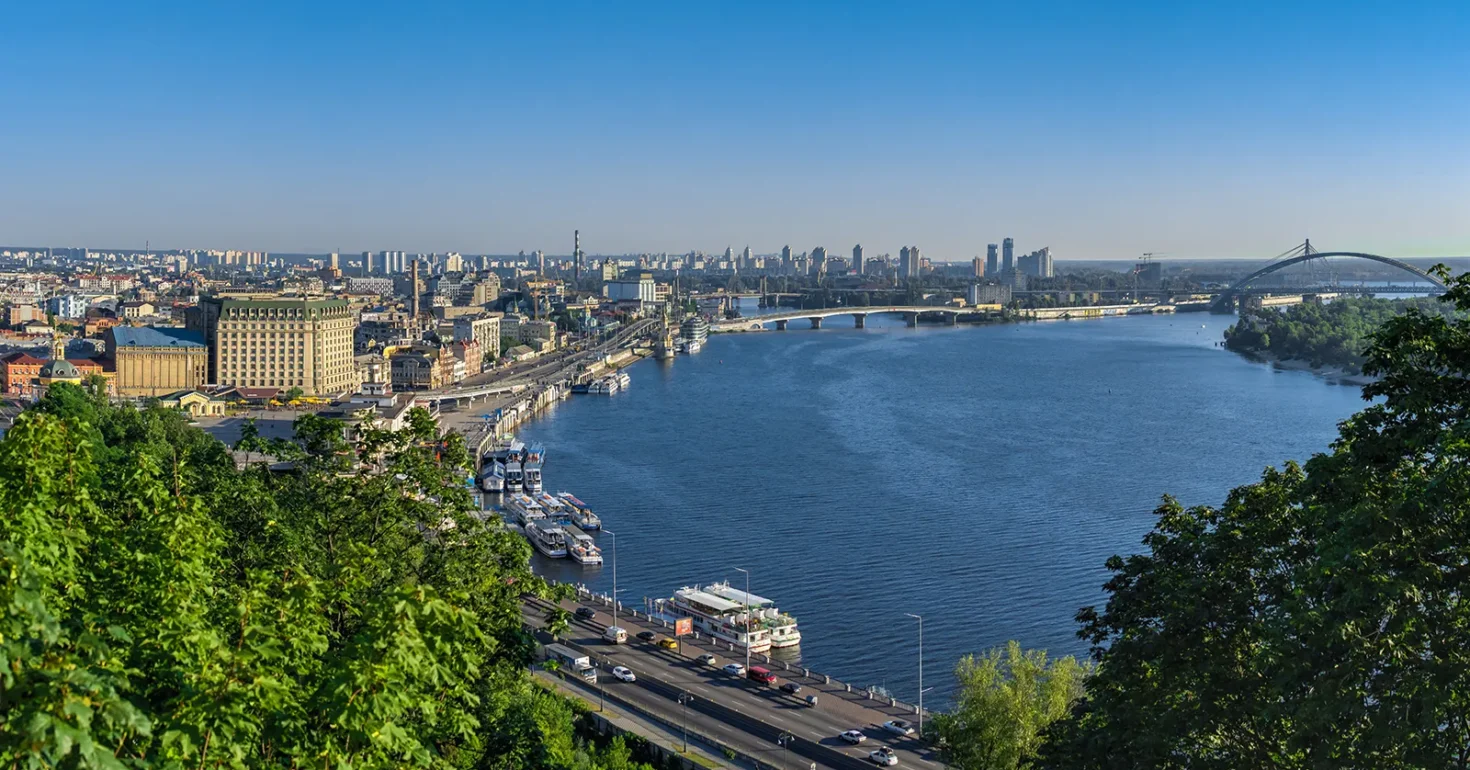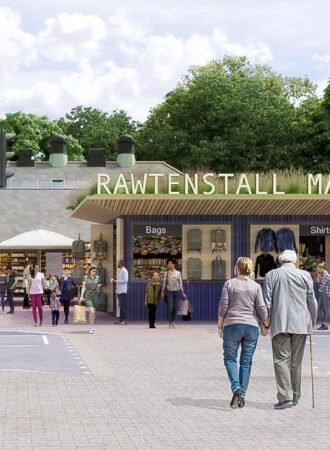The statue was discovered in the Poltava region of Eastern Ukraine, near the Dnieper River. Until the last few months just another European river that most of us had vaguely heard of. Now we all know the name and exactly where it is.
To me the most fascinating and poignant facet of the statue is the fast wearing out, painted pigments of blue and yellow still just visible. I presume that the statue was once painted in the colours of the Ukrainian flag. And the rescue and installation of Engels’ image was and is controversial in some quarters.
Indeed, Engels himself was a juxtaposition of values and his full, complicated story cannot be tackled in these few words. The son of a wealthy German textile family, Engels was sent to Manchester in 1842 to run his family interests in the Manchester textile trade. He was 22.

During the subsequent two years he both developed his family’s capital(ist) interests and mixed with the impoverished working classes in the birthplace of industrialisation and working class exploitation. This led him to write ‘The Condition of the Working Class in England.’ I’ve read it, it’s grim.
It is legend that he became friends with Karl Marx in Manchester, even completing what effectively was the Communist party manifesto after Marx’s death.
The controversy is that he is ‘credited’ – or blamed – along with Marx, of the Russian Revolution – even though that didn’t take place until almost half a century later. Hence, he and Marx are associated in some quarters with the cruel and inhumane Soviet Communist regime. And that includes, in part, Ukraine.

However the story of how artist, activist and filmmaker Phil Collins – in collaboration with Oleksiy Radyinski – found, retrieved and brought the statue to Manchester is fascinating. ‘Intervention,’ an hour long telling of the story is available to watch through the HOME website and is an hour well spent. One seminal snippet is of an old Ukrainian man who says, as he sees the statue pass on the back of a truck, ‘Who are we going to pray to now?’
Until August 22nd, Collins and Radyinski have installed digital electronic signs ‘leaning’ against the statue, scrolling through both the sayings of Engels and Marx along with quotes and statistics about the current tragic situation in Ukraine.


And so on to another statue, this one could not be further apart from the first in style and colour – although the political and social contexts are identical.
At the People’s History Museum, a recently installed statue entitled ‘The Manchester Argonaut’ is a flamboyant and delightfully barmy riot of colour created by internationally acclaimed artist Jason Wilsher-Mills. Although collaborative creative input was obtained from several community groups, including Hulme based Venture Arts…whose hyperactive input seems to appear everywhere in the art world!
Wilsher-Mills, himself disabled, said that ‘The Manchester Argonaut is a positive and authentic depiction of activism and the rights of disabled people, which are sometimes overlooked by those who see the cost of everything, but the value of nothing – including human lives.’ Hmmm. A resonance with Engels.

I can’t think of any other words to describe The Manchester Argonaut than those I have used already – delightfully barmy. A myriad of Manchester symbols of all sorts, from our City’s history, to our City’s music and our City’s work to champion the disabled and disenfranchised. The Argonaut’s stance is even based on that of Joy Division’s Ian Curtis, in recognition of his work in supporting the disabled.
I think that several hours would be needed to discover all the symbolism in The Manchester Argonaut. Maybe almost two centuries to analyse the symbolism of Friedrich Engels.
……………………………..
The Manchester Argonaut will be exhibited at the People’s History Museum until Sunday 28th January 2024.


